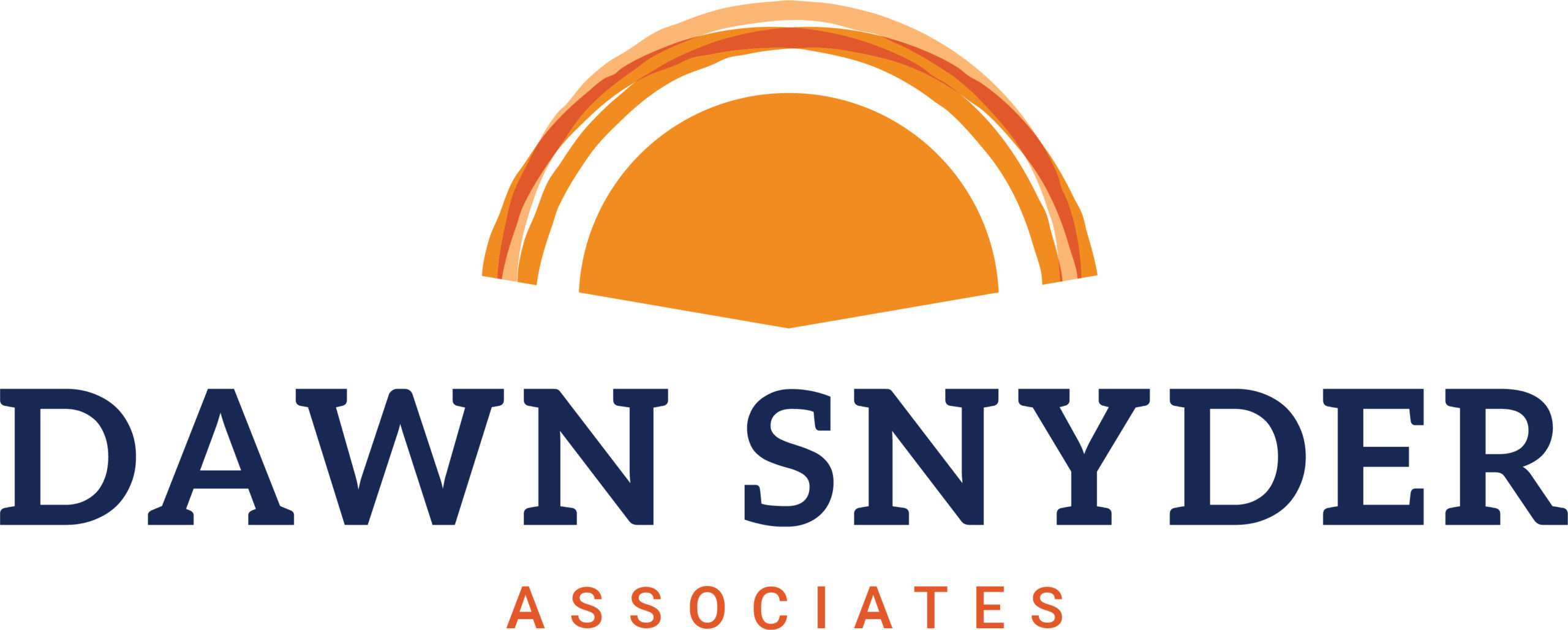I was working on a project with Apple Service Technicians when I was introduced to the concept of FRUs, or Field Replaceable Units. These are components in computers or other electrical devices that can be pulled out as units and replaced, either by the customer or by trained technicians, when they fail. The beauty of a FRU is that the replacement is quick, painless, and contained – it does not disrupt other components when done correctly. Because of the unit’s thoughtful design, the systems in the computer are relatively easy to maintain or to update.
In today’s talent development industry, the shelf life of content can be very short. That is why it is important to have a plan for easily pulling and replacing “units” of instruction without reworking an entire curriculum. You want to be able to make changes while retaining the structure, learning pathways, and interfaces among content “units,” whether they are linked by sequence, topic, or gamification scheme. This is true, not only of extended curricula like those found in universities, but also curricula labeled as “microlearning.” As work and workplaces evolve rapidly, we need to design for maintenance and sustainability. Here are three scenarios that require designing for maintenance:
- Microlearning to support a cloud-based software product that is developed using an agile methodology: content and user needs can change with little warning, requiring instructional designers to pivot quickly
- Learning courses and assets linked to proficiency defined by a certification test in a field whose practice, and certification test, evolve regularly
- University curricula that prepare graduates to be competitive in a rapidly-evolving field.
If your software developer adds a field on a screen, how quickly can you identify the required changes to the training? How do you identify which audiences are impacted?
If the curriculum is flat, i.e. sequence is not a primary issue, you can track your performance objectives against the analysis elements so that when the practice or performance changes, you know which instruction may be impacted. You can use an organization scheme where you track users to business process (for complex, cross-functional software) or by screen (for simpler solutions) to help you determine what to change or replace. Also, keep in mind how you will manage changes in visuals or changes in voice-over narration as you update content.
If your curriculum is hierarchical, meaning that domain knowledge or complex performance requires multiple relational “units,” you need to code and track the relationships of the domain elements to the instruction. This is the case when your curriculum is large or complex enough that there are many enabling objectives and these are not in the same course or module with the instruction needed to master the terminal objective. Changes in one course or instructional asset may impact other instructional assets. For example, if you are training police officers, you may have a module called “how to conduct interviews,” an enabling objective, that is relevant to instruction on “how to manage a scene” and “how to take statements,” which would be your terminal or final performance objectives. These may be presented at very different points in time in the curriculum. When policies and procedures related to interviewing change, or guidelines about scene management are modified, you will need to update your instruction in multiple places. In this situation, tracking the relationships of terminal and enabling objectives (or domain knowledge) will serve you well.
How do we design a curriculum to be sustainable? How do we define the “units” and track their relationships to the evolving landscape and to each other?
The keys to successfully designing an adaptable curriculum that incorporates FRUs include:
- A rigorous analysis that links findings to content, work, or practice so that needed updates are tracked
- Mandating easy maintenance as a design requirement so that the “units” of instruction are designed and organized to facilitate changes
- Documentation that identifies the linkages in the previous bullet to the design infrastructure so that changes or updates are easily targeted.
By intentionally planning your Field Replaceable Units during analysis and design and documenting your infrastructure accordingly, you will be able to keep your curriculum relevant and current.
